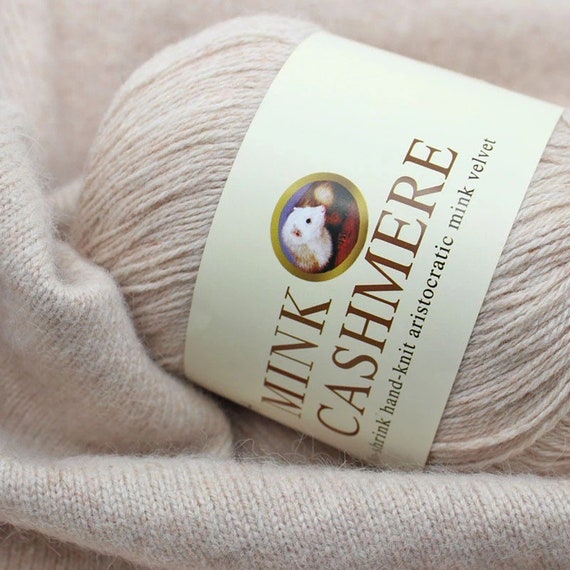Discover the Appeal of Cashmere an All-natural Fiber: Why It's a Must-Have in Your Wardrobe
The attraction of cashmere, a high-end natural fiber, goes beyond simple aesthetics. Originating from the Kashmir area, this lightweight yet long lasting material has actually woven its way right into premium fashion as a result of its distinct residential or commercial properties and functional appeal. From reviewing its intriguing origin to recognizing its production treatment, procedure, and top quality, it deserves discovering why cashmere holds such an unique place in the world of fabrics. Discover the sophistication and compound of this fiber as we start an expedition of its attraction.

The Origin and History of Cashmere: A Brief Review
While lots of may view cashmere as an easy luxury, its history is soaked in abundant cultural tradition. Stemming from the Kashmir area in India, cashmere woollen has been produced for thousands of years. The fiber is gotten from the soft undercoat of cashmere goats, collected during their molting season. As a priceless asset, it was traded along the Silk Road, becoming highly valued in Europe in the 18th century. The name 'cashmere' is an old English derivation of Kashmir. Regardless of its worldwide popularity, most of cashmere manufacturing still stays in Asia, specifically China and Mongolia. This historical trip highlights the cultural significance of cashmere, changing it from a regional specialty to an international high-end.
Recognizing the One-of-a-kind Features of Cashmere Fiber
While various other products might use down over time, cashmere preserves its top quality, making sure long-lasting wear. Cashmere possesses an unique aesthetic appeal. Understanding these residential or commercial properties clears up why cashmere is not just a deluxe, yet a rewarding financial investment for any closet.

The Process of Producing Cashmere: From Goat to Garment
To value the elegant properties of cashmere completely, one have to understand its journey from the raw fiber to the ended up item. The process begins with the cashmere goats, mainly located in Mongolia, China, and Iran. The soft undercoat of these goats, harvested during their all-natural molting period in spring, offers the raw material. This delicate fiber is then meticulously separated from the coarser outer hair in a labor-intensive process understood as dehairing. The pure cashmere is after that colored, spun into thread, and finally knitted or woven into the desired garments. Each action is diligently executed to protect cashmere's significant heat, gentleness, and durability. This elaborate process leads to the development of an absolutely luxurious fabric.
Deciphering the Quality and Cost: Why Is Cashmere so Expensive?
The high price of cashmere garments commonly leaves customers questioning its validation. The expense stems largely from the arduous manufacturing process. is cashmere a natural fiber. Cashmere stems from the great undercoat of the cashmere goat, with each goat producing a simple 150 grams each year. The labor-intensive process of combing and gathering the read here rare fiber substantially increases the cost. Furthermore, the handling of raw cashmere calls for both time and proficiency, with the fibers needing to be very carefully arranged, cleaned, and spun. The scarcity of pure cashmere, coupled with its exceptional gentleness, warmth, and resilience, justifies its luxury status and high rate. These factors incorporated make cashmere a pricy yet very desired asset on the planet of style.
Cashmere in Style: The Convenience and Ageless Charm
Despite its high rate, the classic charm and flexibility of cashmere have actually solidified its area in the world of fashion. The fiber's distinct appearance, identified by its gentleness and heat, has actually become synonymous with luxury and comfort. Its adaptability extends past seasonal trends, making it a wardrobe essential in numerous forms, from classy coats to posh scarves. The versatile nature of cashmere enables its integration right into both casual and official outfit, representing its wide charm. The textile's enduring appeal over the years testifies to its classic charm. As fads come and go, cashmere stays a consistent, its allure undiminished, remaining to form the fashion and motivate industry's landscape.
Taking Care Of Your Cashmere: Upkeep and Preservation Tips
Guaranteeing the long life of cashmere garments calls for particular care and attention. These prized ownerships need to not be thrown right into the cleaning equipment with normal laundry. Instead, hand washing with gentle, pH-neutral soap in lukewarm water is encouraged. After cleaning, they must not be wrung out. Rather, they need to be delicately pushed in between towels to absorb excess water, then laid flat to dry. Regular brushing with a cashmere comb can prevent pilling. Storing these products in a trendy, completely dry location, ideally in a breathable bag, can browse around this web-site secure them from moths and moisture (is cashmere a natural fiber). A periodic airing outside, far from direct sunlight, can revitalize the fibers. With these maintenance and preservation tips, one can guarantee their cashmere continues to be resilient and luxuriously soft.
Final Thought
Cashmere, with its exceptional soft qualities and warmth, supplies both luxury and toughness. Discover the allure of cashmere and raise your style arsenal.
